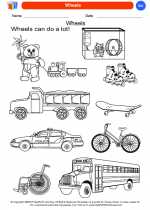Pollution
Pollution is the presence of harmful substances or contaminants in the natural environment. These contaminants can be either man-made or occur naturally, and they can have detrimental effects on the environment, human health, and other living organisms.
Types of Pollution
There are several types of pollution, including:
- Air Pollution: This type of pollution occurs when harmful gases, smoke, or dust are released into the air, often as a result of industrial activities, vehicle emissions, or burning of fossil fuels.
- Water Pollution: Water pollution happens when harmful substances such as chemicals, sewage, or waste are introduced into bodies of water like rivers, lakes, or oceans.
- Soil Pollution: Soil pollution occurs when harmful chemicals, pesticides, or waste materials contaminate the soil, making it unsuitable for plant growth and affecting the entire food chain.
- Noise Pollution: This type of pollution refers to excessive or disruptive noise that can have negative effects on human health and wildlife.
- Light Pollution: Light pollution is the excessive or misdirected artificial light that can disrupt ecosystems, affect human health, and obscure our view of the night sky.
- Plastic Pollution: This type of pollution involves the accumulation of plastic waste in the environment, particularly in oceans and waterways, posing a threat to marine life and ecosystems.
Causes of Pollution
Pollution is caused by a variety of human activities, including industrial processes, transportation, agricultural practices, and improper waste disposal. Natural phenomena such as volcanic eruptions and wildfires can also contribute to pollution.
Effects of Pollution
The effects of pollution can be far-reaching and devastating. They can include damage to ecosystems, loss of biodiversity, respiratory and other health problems in humans, and disruptions to the balance of the natural environment.
Preventing and Reducing Pollution
There are several ways to prevent and reduce pollution, including implementing sustainable practices, using clean energy sources, reducing waste and recycling, and enforcing regulations to limit harmful emissions and waste disposal.
Study Guide
Here are some key points to remember when studying pollution:
- Identify and understand the different types of pollution, including their sources and effects.
- Learn about the causes of pollution and the human activities that contribute to it.
- Explore the various ways to prevent and reduce pollution, both on an individual and societal level.
- Understand the importance of environmental conservation and sustainable practices in mitigating pollution.
By understanding the causes and effects of pollution, as well as the measures to prevent it, we can work towards creating a cleaner and healthier environment for current and future generations.
[Pollution] Related Worksheets and Study Guides:
.◂Science Worksheets and Study Guides Kindergarten. Pushing, Moving, Pulling
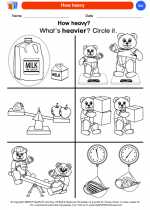
 Coloring Worksheet
Coloring Worksheet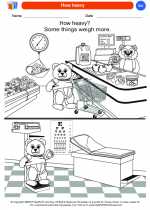
 Coloring Worksheet
Coloring Worksheet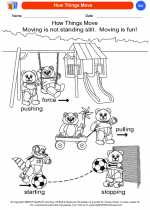
 Coloring Worksheet
Coloring Worksheet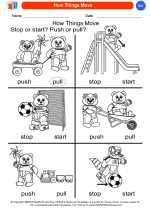
 Coloring Worksheet
Coloring Worksheet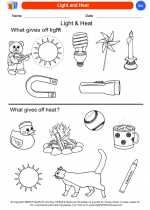
 Coloring Worksheet
Coloring Worksheet
 Coloring Worksheet
Coloring Worksheet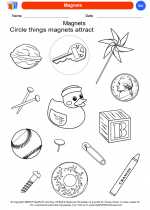
 Coloring Worksheet
Coloring Worksheet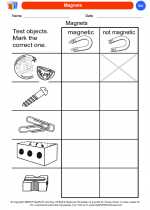
 Coloring Worksheet
Coloring Worksheet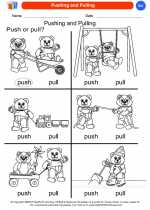
 Coloring Worksheet
Coloring Worksheet
 Coloring Worksheet
Coloring Worksheet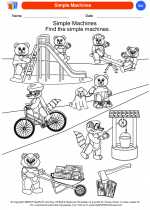
 Coloring Worksheet
Coloring Worksheet
 Coloring Worksheet
Coloring Worksheet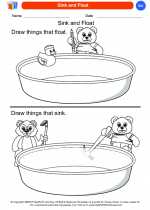
 Coloring Worksheet
Coloring Worksheet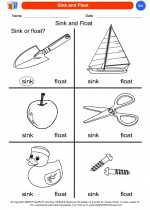
 Coloring Worksheet
Coloring Worksheet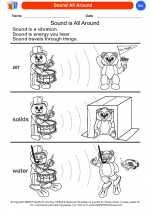
 Coloring Worksheet
Coloring Worksheet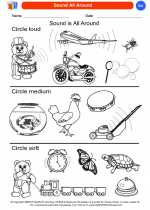
 Coloring Worksheet
Coloring Worksheet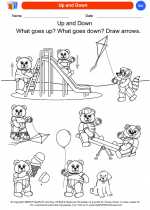
 Coloring Worksheet
Coloring Worksheet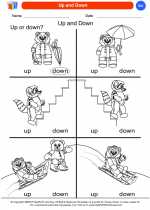
 Coloring Worksheet
Coloring Worksheet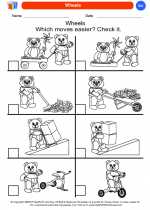
 Coloring Worksheet
Coloring Worksheet